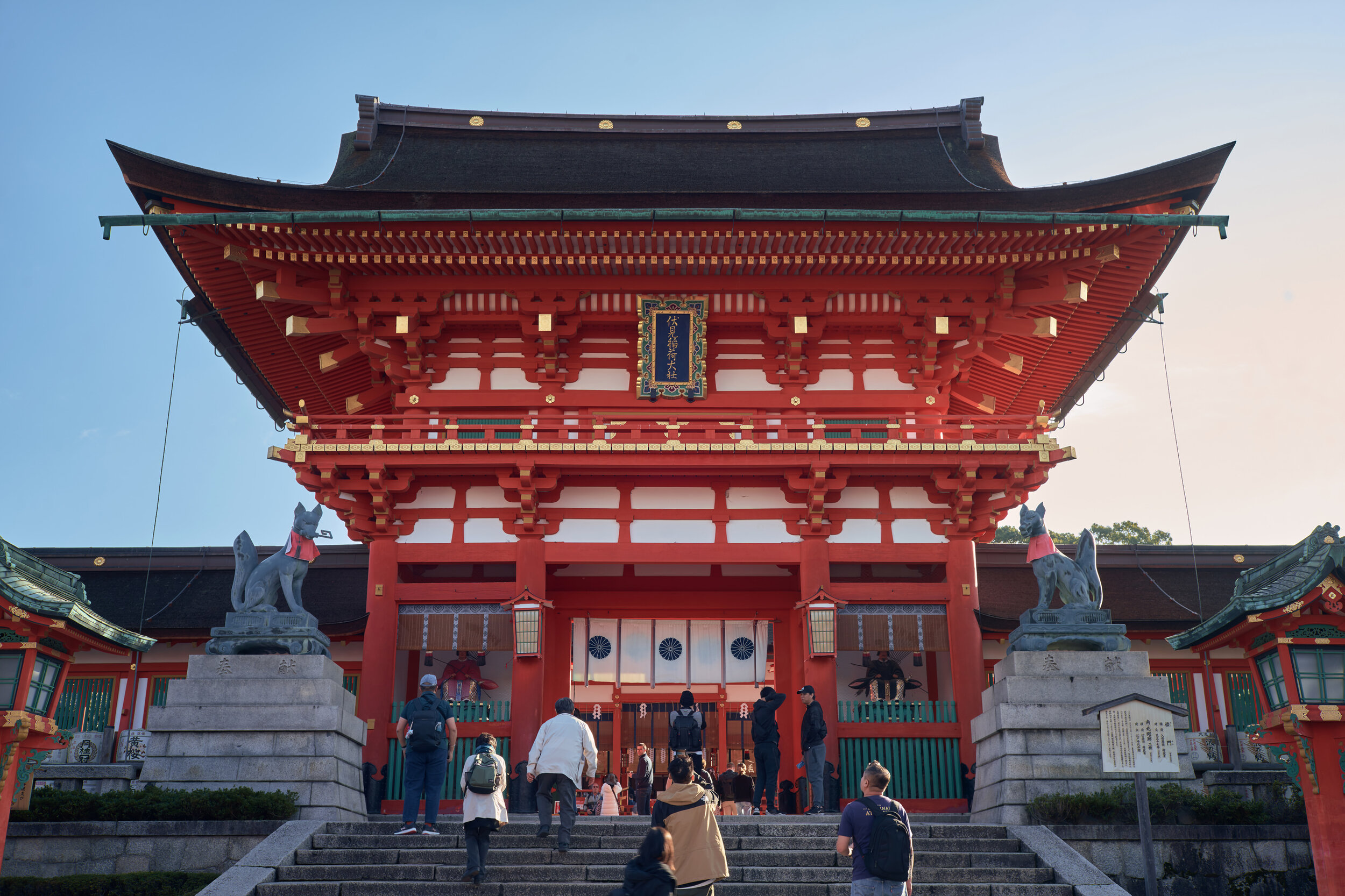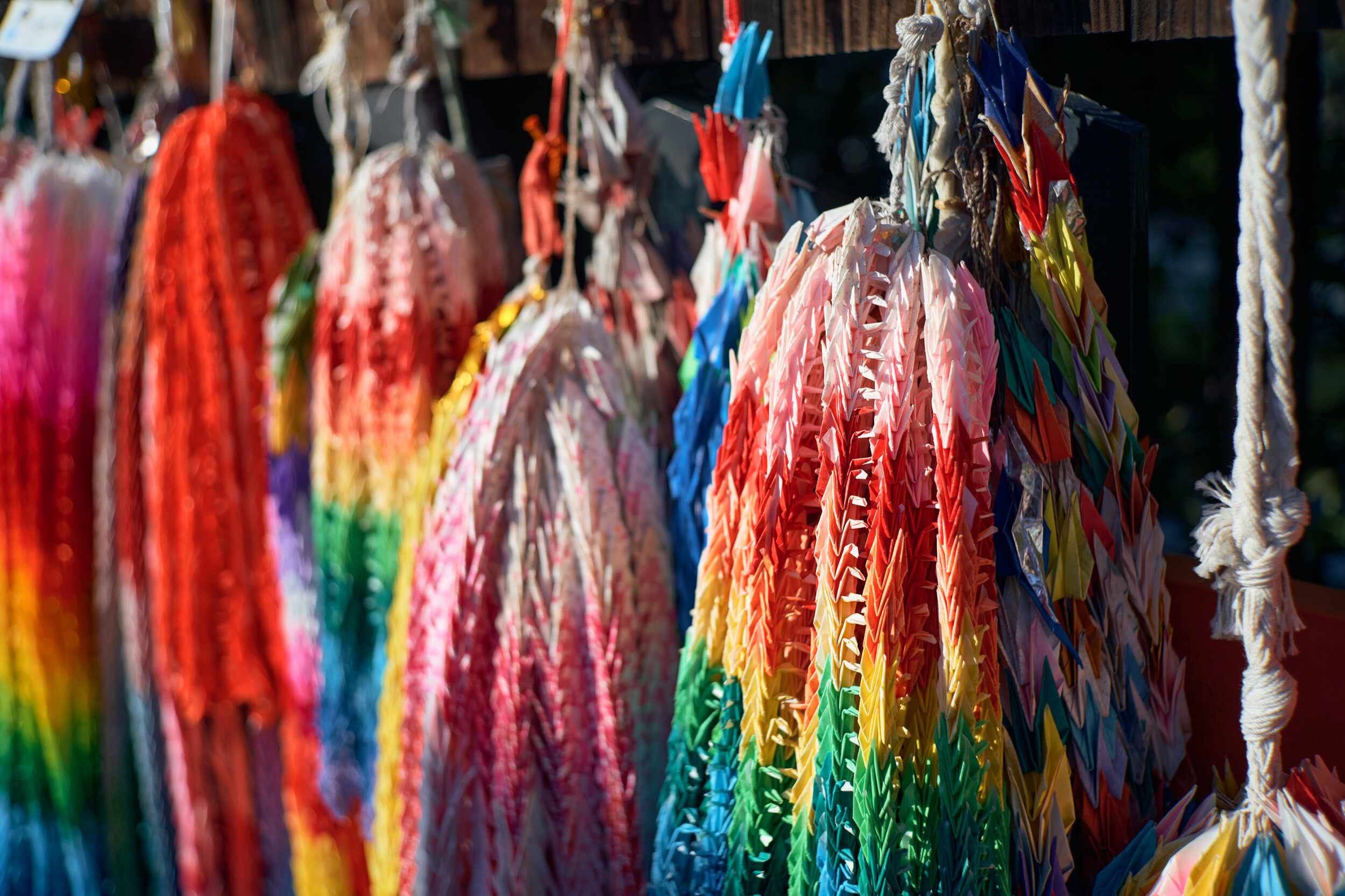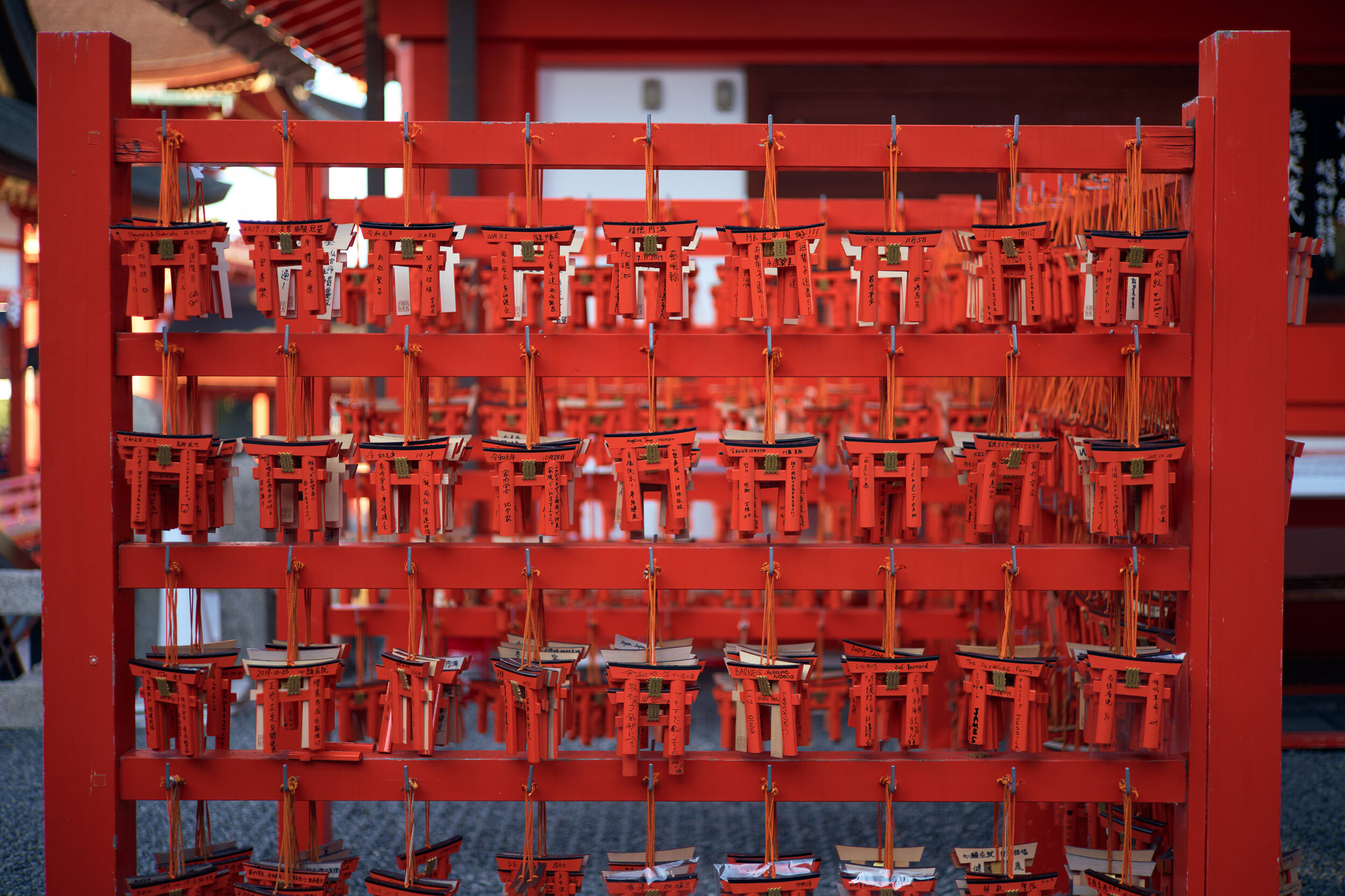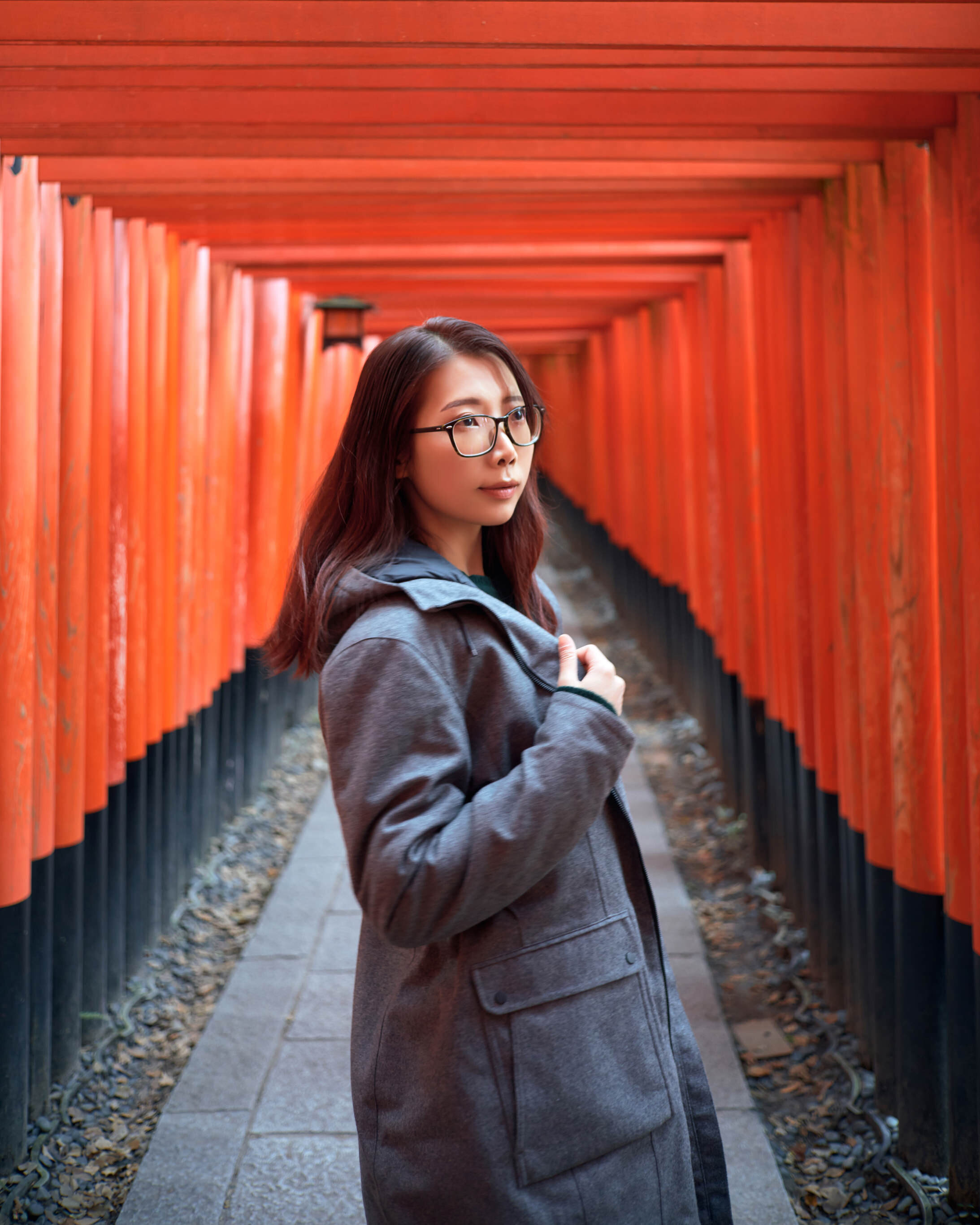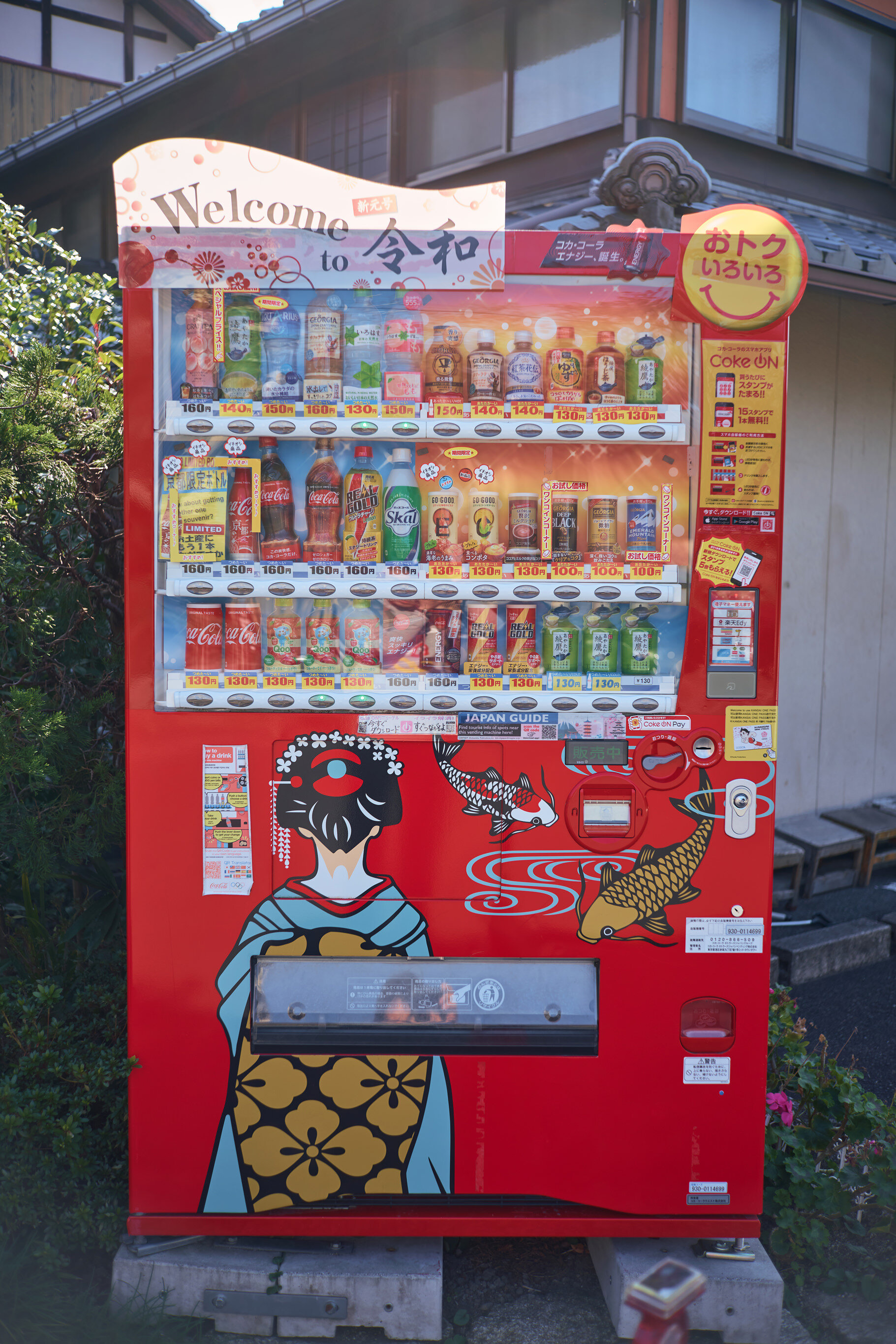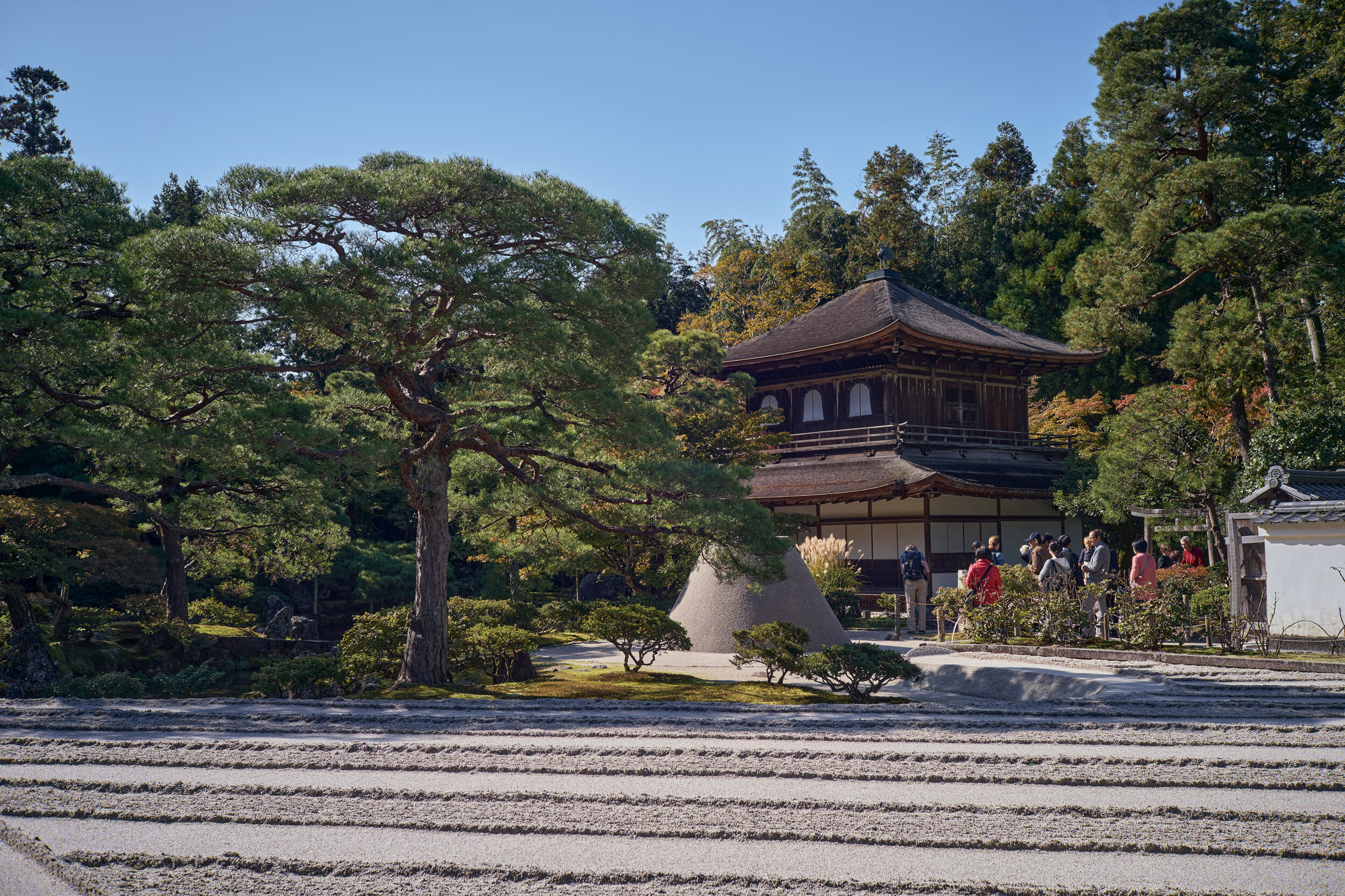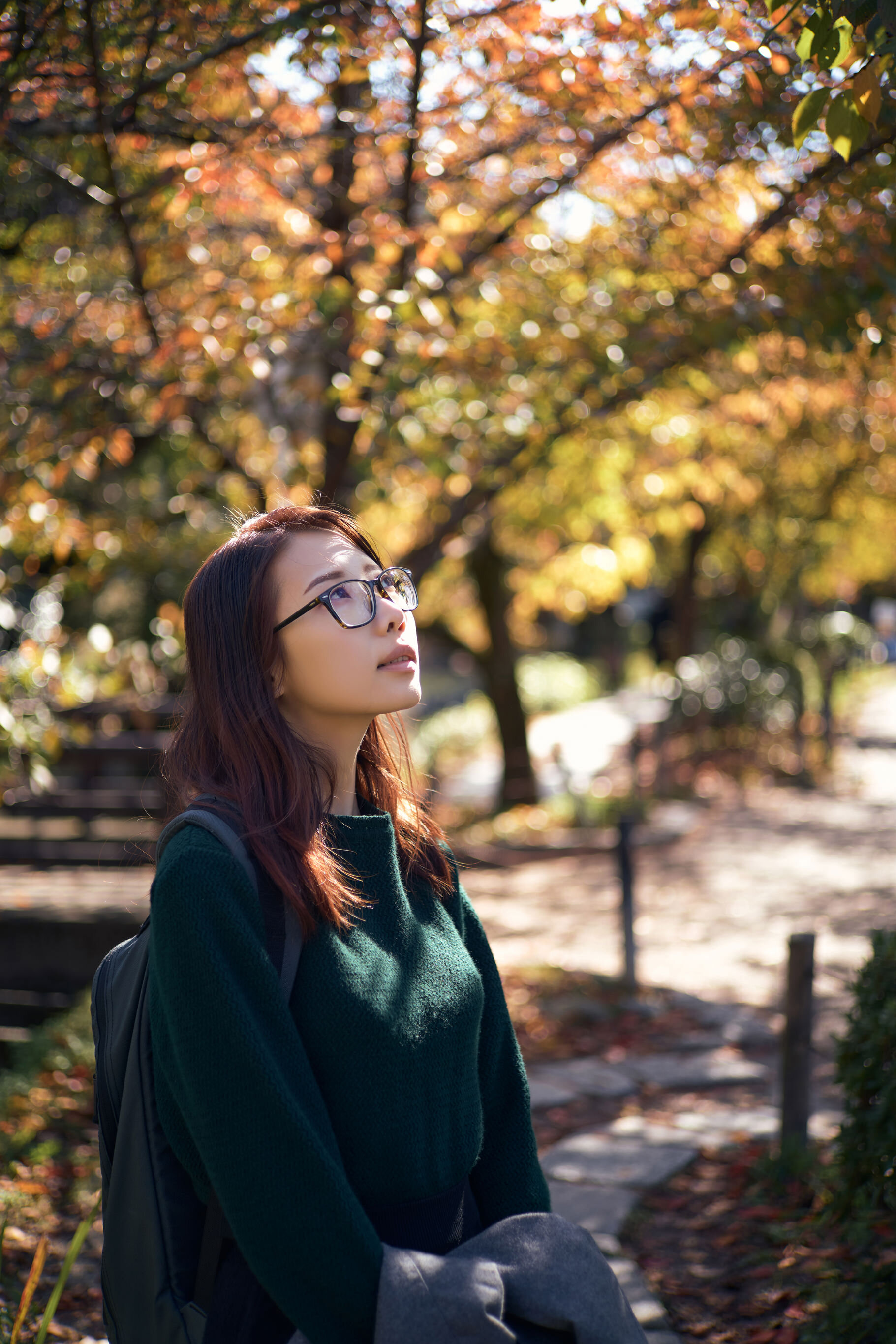Japan 2019 Trip Day 13: Kyoto Fushimi Inari, Ginkakuji, and Arashiyama
Ginkakuji 銀閣寺
Kyoto
[Introduction]
Another super early morning start since we need to travel from Osaka to Kyoto (local train->shinkansen->local train). Today we will be visiting Fushimi Inari, Ginkakuji, and Arashiyama in Kyoto.
[Trip Report]
Day 1: Explore around Nagano
Day 2: Tateyama Kurobe Alpine Route
Day 3: Matsumoto Castle, Nakamachi District, Matsumoto City Museum of Art and night exploring around Nagano
Day 4: Nagano Zenkoji Temple and Kanazawa Higashi Chaya District
Day 5: Shirakawago
Day 6: Hida-Takayama, Hida-Furukawa, and “Your Name” location spots
Day 7: Kanazawa Omicho Market, Kenrokuen Garden, and Kanazawa Castle Park
Day 8: Explore around Osaka
Day 9: Osaka Shinsekai, Tempozan Ferris Wheel, Glion Museum, and Cosmo Tower Observatory
Day 10: Osaka Castle, Gozabune Boat, HEP FIVE Ferris Wheel, and Kuchu Teien Observatory
Day 11: Kyoto Arashiyama Bamboo Grove, Kinkakuji, and Yasaka Shrine
Day 12: Osaka Dotonbori, Kaiyukan, and Shinsekai
Day 13: Kyoto Fushimi Inari, Ginkakuji, and Arashiyama [current post]
Day 14: Okayama Korakuen, Okayama Castle, and Kojima Jeans Street
Day 15: Miyajima
Day 16: Hiroshima Atomic Bomb Dome, Peace Memorial Park, Peace Memorial Museum
Day 17: Yufuin
Day 18: Hakata Ohori Park, Fukuoka Castle Ruins, and Fukuoka Tower
Day 19: Nanzoin Temple
[Travel Date]
2019-10-27 to 2019-11-14
Romon Gate
Kyoto
[Fushimi Inari Taisha 伏見稲荷大社]
We didn’t explore much at Fushimi Inari Taisha, as this time we mainly just went there in the morning to do some quick photos with the iconic torii gates.
It will be in our plan for our next trip when we can travel again (soon).
The roof of Romon Gate
Kyoto
Looking out from Romon Gate
Kyoto
Higashimaru Shrine (東丸神社)
Kyoto
Folded origami cranes
Kyoto
Information from wikipedia, it has been said from a Japanese legend promises that anyone who folds a thousand origami cranes will be granted a wish by the gods.
Ema (wishing plague)
Kyoto
Torii Gates
Kyoto
Of course, we have to take photos with the iconic torii gates at Fushimi Inari!
Pardon my super tired and sleepy face.
Torii Gates
Kyoto
Couple photo at Torii Gates
Kyoto
Inari Station
Kyoto
Waiting for the train to arrive
Kyoto
Tired wifey
Kyoto
Kimono art vending machine
Kyoto
Kannonden Ginkaku 観音殿 銀閣
Kyoto
[Ginkakuji 銀閣寺]
Ginkakuji aka Silver Pavilion is another must see in Kyoto, as least for us first time travellers to Kyoto.
And after visiting Kinkakuji (which is covered in gold foil) couple of days ago, one would assume Ginkakuji will have something to do with silver or silver foil, but no this is not the case haha!
Rather than trying to fluff out the history and information of Ginkakuji, I will just quote the information from the official website itself.
[Kannonden Ginkaku 観音殿 銀閣]
The symbol of Jisho-ji, housed in the Silver Pavilion that gives the temple its popular name, is the national treasure, the Kannon-den. As an expression of his spiritual beliefs, Yoshimasa named the first floor the Shinku-den (Empty Mind Hall) and the second Cho’on-kaku (Wave Sound Pavilion). It is famous for following in the styles of Rokuon-ji’s reliquary hall and Saiho-ji’s Ruriden, while also being the sole remaining example of the architecture of multi-storied building within a garden from the Muromachi period. The contrast between the pile of sand in Kogetsudai and the rippling appearance of Ginshadan invites visitors to a world that is hard to leave.
[Ginsyadan 銀沙灘]
In front of the abbot’s chamber, white sand is piled up to form the stair-like Ginshadan and the truncated cone structure of the Kogetsudai. Folklore says that the Ginshadan was meant to reflect moonlight, and the Kogetsudai to appear as if it were sitting atop Higashiyama and holding the moon, but there is little evidence that these explanations actually go back to the Muromachi period and are not just recent inventions. However, these constructions are certainly fantastic and unlike anything else.
Hojo 方丈 (left) & Togudo 東求堂 (right)
Kyoto
[Hojo 方丈]
The abbot’s chamber (the main hall) was constructed in the middle of the Edo period. The central Ginshadan’s majestic appearance gives one a sense of Ashikaga Yoshimasa’s virtue and influence as well. The principal image, Shakyamuni Buddha, is enshrined here, and on the facade is hung the phrase “Tozan Suijo Ko” (‘The eastern mountains move over the water’), and inside are held images drawn by masters of Song-style painting from the Edo period, Yosa Buson and Ikeno Taiga. From the abbot’s chamber, there is also an absolutely splendid view of Mt. Tsukimatsu.
[Togudo 東求堂]
Built at the same time as the Silver Pavilion’s Kannon-den, the Togu-do is a national treasure, a rare extant remnant of Ashikaga Yoshimitsu’s construction at the time. The Togu-do was originally known as the Jibutsu-do where an Amida Nyorai (Skt. Amitabha Tathagata) was enshrined. Togu-do was built as a symbol of faith in the Pure Land, and through the surrounding Zen-style garden, we can get a glimpse of Yoshimasa’s inner spiritual world.
Sights from the Moss Garden
Kyoto
Sights from the Moss Garden
Kyoto
View of Kannonden Ginkaku 観音殿 銀閣 from the moss garden
Kyoto
View of Kannonden Ginkaku 観音殿 銀閣 from Tenbojo 展望所
Kyoto
[Thoughts on Ginkakuji 銀閣寺]
We felt it was quite a peaceful and calming place with the nature surrounding it.
During our visit there’s not much people and rather quiet (in a good way), thus it was a really enjoyable and relaxed experience for us.
Definitely a well worth visit for us!
Peak autumn leaves
Kyoto
Autumn colours at Philosopher’s Path
Kyoto
[Philosopher’s Path 哲学の道]
Philosopher’s Path is just a short walk from Ginkakuji, it is a canal path from Ginkakuji to Nazenji neighbourhood.
Saw the nice light and autumn colours while walking along the path, so I spent some time taking photos of my wife with the wonderful surroundings.
Autumn colours at Philosopher’s Path
Kyoto
Autumn colours at Philosopher’s Path
Kyoto
Starting to see autumn colours nearby Togetsukyo Bridge
Kyoto
[Arashiyama 嵐山]
After a relaxing walk down Philosopher’s Path, we took a rather long bus ride (1 hour) to Arashiyama.
Nice sunny weather here at Arashiyama, capturing photos while we walked around the area and Togetsukyo Bridge and taking in the scenery before our highly anticipated lunch at Shoraian 松籟庵!.
Starting to see autumn colours nearby Togetsukyo Bridge
Kyoto
Katsura River
Kyoto
Shoraian 松籟庵
Kyoto
[Lunch at Shoraian]
Finally, the long anticipated Tofu Kaiseki lunch at Shoraian with a scenic view of Arashiyama in the restaurant.
TLDR; Memorable experience you can enjoy (food and serenity) and take back as a memory (views from the restaurant, enjoying the great food with people).
Do click on the link for the detailed review and photos.
Shoraian 松籟庵
Kyoto
Sunset at Togetsukyo Bridge
Kyoto
After the wonderful lunch at Shoraian with tranquil scenery and setting, we decided to go see the sunset over at Yasaka Pagoda. That means more long bus ride(s) to travel from Arashiyama to Yasaka Pagoda…
I do not have photos to post of the sunset at Yasaka Pagoda, because it was not taken to my liking, I will do better on our next trip!
And…we saw coffee nearby the Yasaka Pagoda after our sunset viewing.
%Arabica Kyoto Higashiyama
Kyoto
[Coffee at %Arabica Kyoto Higashiyama]
%Arabica Kyoto Higashiyama; another of their branch in Kyoto located in an iconic area, this branch is in the historic Higashiyama district and just a minute’s walk to the picturesque and symbolic Yasaka Pagoda.
TLDR; great coffee and located in a scenic area again!
Do click on the link for the detailed review and photos.
%Arabica Kyoto Higashiyama
Kyoto
After a quick coffee break, we walked around Higashiyama area before heading back to Osaka to have our dinner.
(Bus back to Kyoto Station, then shinkansen to Shin-Osaka Station, and finally local train to our dinner place.)
Ramen style Junk Story
Osaka
[Dinner at Ramen style Junk Story]
Ramen style Junk Story; they are not “Junk Ramen” style, but is “Ramen Style” junk, thus I believe they are doing things in a unique and creative way but yet still taste great, refined, and presentable overall.
TLDR; Interesting and creative twist, unconventional ramen style.
Do click on the link for the detailed review and photos.
Ramen style Junk Story
Osaka
Dotonbori - Ebisubashi Bridge at night
Osaka
Dotonbori Canal
Osaka
[Closing]
2nd day trip to Kyoto, other than another early morning travel to Fushimi Inari Taisha, the rest of the day is on a much relaxed pacing.
This marks the end of Day 13, tomorrow we will be going to Okayama and quite a packed schedule to say.
[Buy Me A Coffee]
Greatly appreciate any digital-tips (click the button below) if you find my blog articles helpful, and to support our efforts and operational costs (to keep this site ad-free).

